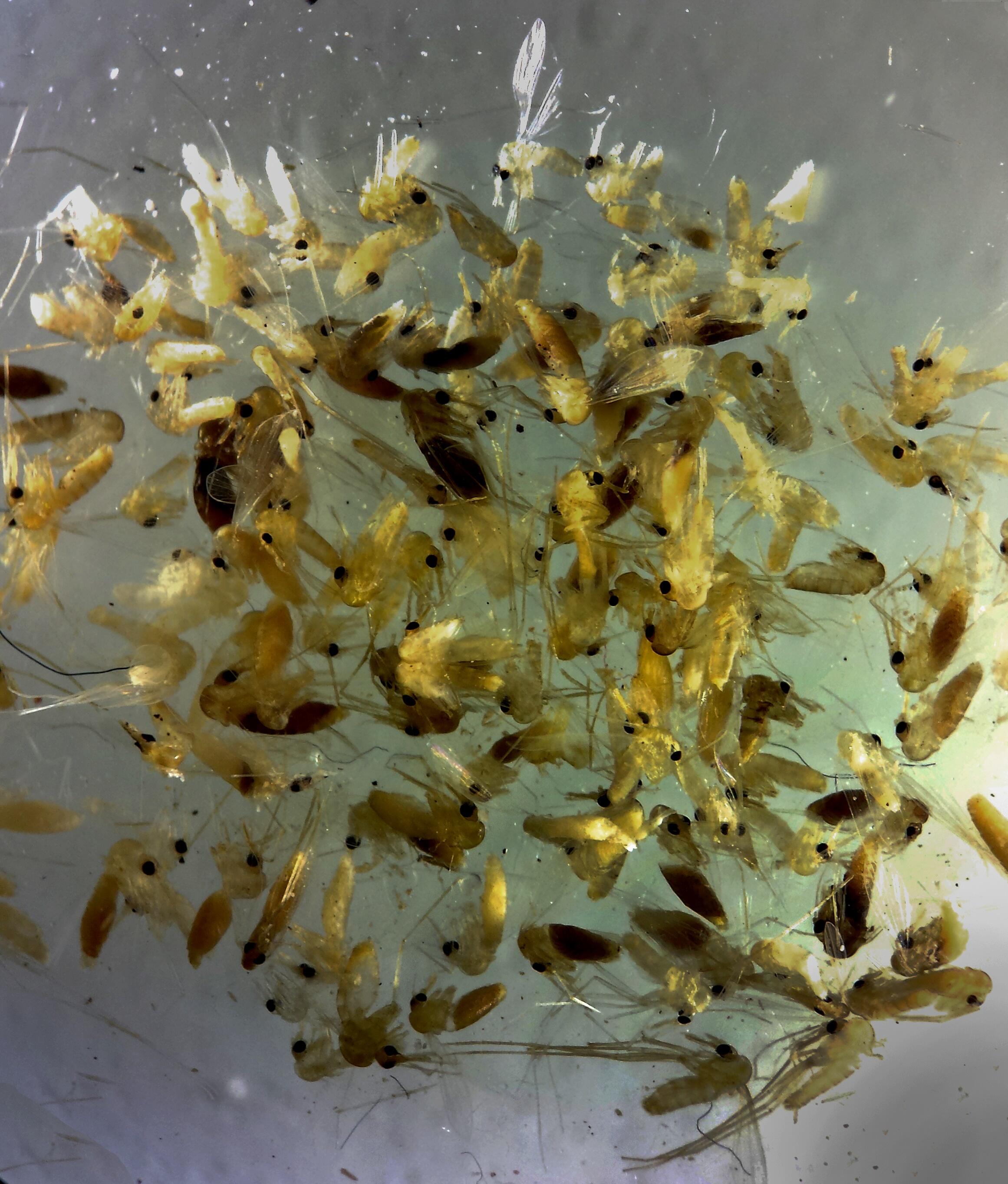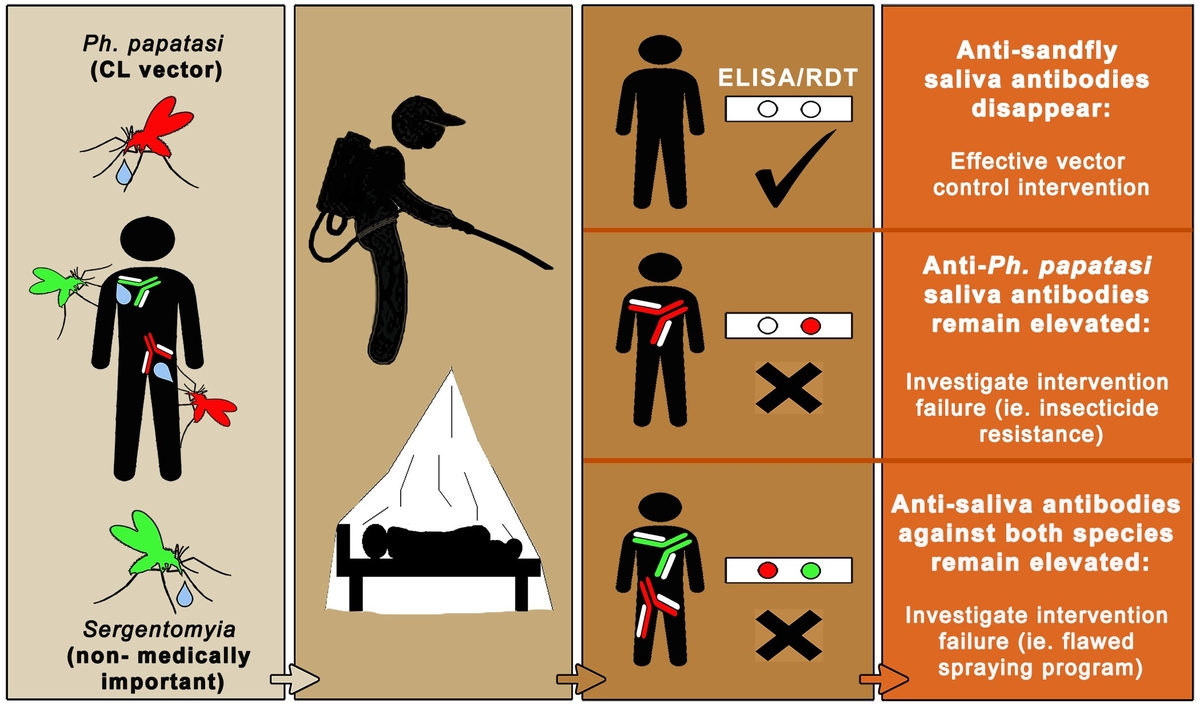
Old World cutaneous leishmaniasis (CL) is one of the most prevalent insectborne NTDs in the Middle East, including Saudi Arabia. CL is generally not fatal, but clinical symptoms can lead to disfiguring scars that result in social stigmatization. Due to the collapse of the Syrian health system and migrant situation, CL currently affects hundreds of thousands of people living in refugee camps or trapped in conflict zones (Fig. 1) (Du R. et al. 2016 PLoS Neg Trop Dis 10(5):e0004545 and Al-Salem W. et al. 2016).
The disease is exclusively transmitted by the bite of a female sand fly (read our commentary article on Mondragon-Shem K. and Acosta-Serrano A. (2016) Trends in Parasitology 32:432-5). In collaboration with the Saudi Arabian Ministry of Health, we have developed a programme aiming to prevent and control CL in this country. The programme focuses, among other aspects, in developing a rapid diagnostic test based on the patient’s anti-alpha-Gal response (Al-Salem W. et al 2014 Parasitology 141:1898-903), and in identifying markers for disease exposure (Mondragon Shem, K et al 2015 PLoS Negl Trop Dis 9(2):e0003449) (Fig. 4). We hope that these tools can soon be applied in other CL-endemic countries, including refugee settings.
